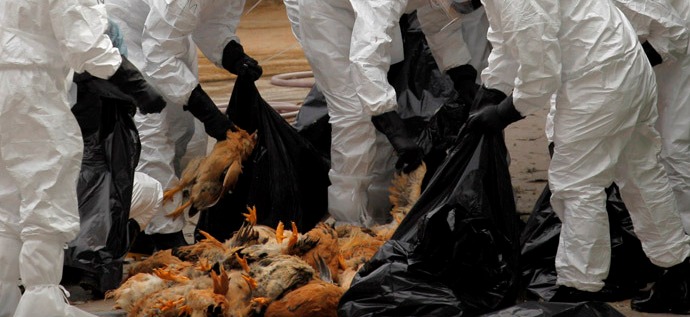The ministry says in a statement the skunks may have contracted H5N1 by scavenging on infected wild birds.
The statement says while avian flu in skunks is considered to be a low risk to human health, there are always risks when people or pets come into contact with sick or dead wild animals.Since last April, the ministry says wildlife infected by the flu included more than 20 species of wild birds, two skunks and a fox found in rural areas of the province.
But, could this be the beginning?
With COVID barely behind us, is it possible that H5N1 could become the next novel virus? All it takes is that viral jump into the food supply chain, to human transmission, and the possibility of another respiratory infection could flare into another global-stalling pandemic. Experts are starting to whisper such an occurrence is possible.
Since 2021, over hundreds of millions of both wild and domestic livestock birds have either died or were culled as a result of H5N1 infection, making this outbreak the largest in world history. Yet, according to the W.H.O, human transference of Avian Flu is considered low. But with each case, the virus mutates, and that is where the danger lies. It is during mutations where the virus could stumble on the right genetic configuration that could prove deadly to humans.
As it is, infections have been discovered in a host of mammal species. History has proven from one outbreak to the next that once it infects domestic animals and pets, the jump to novel virus infecting populations is next to follow.
So far, the risk may remain low, and the world in general is still regaining from pandemic fatigue, but remaining vigilant might be the only key to thwarting another pandemic. At the very least, protecting a food supply chain still strained from COVID.
with files from the Canadian Press and Reuters













